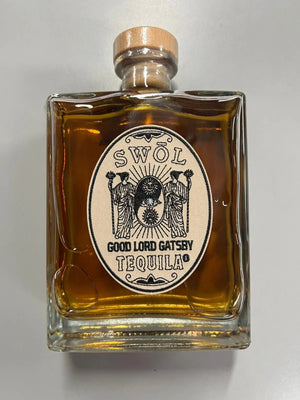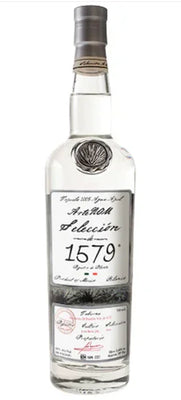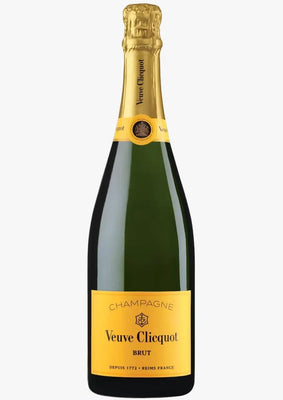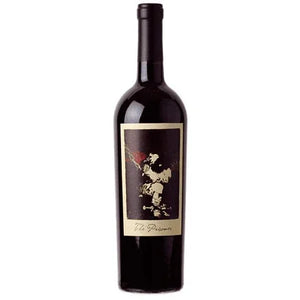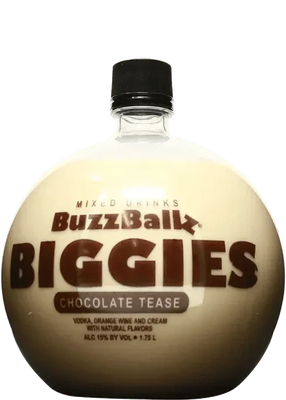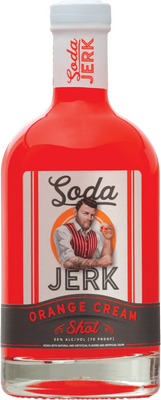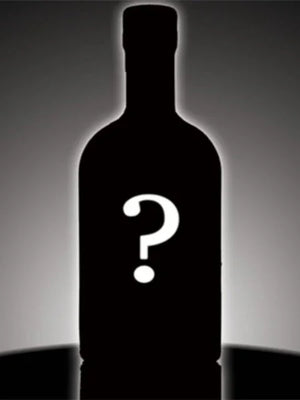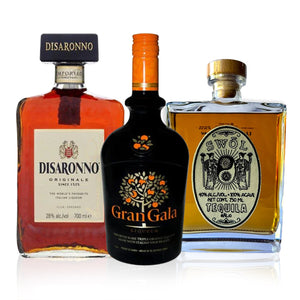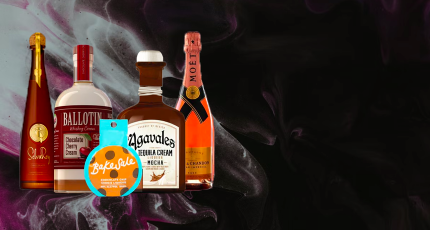Tequila is one of the most widely enjoyed spirits in the world. Likely to be the most commonly thought of ‘shot’ at any bar, Tequila is thought of both as a college student's fuel for a night out, and also fine alcohol. There are many long-standing producers of tequila, as well as some newer, more artisanal products.
First created sometime in the 16th century, the spirit is rooted in tradition. The same production processes have been followed by producers since they first began. This has allowed certain tequilas to have an incredibly consistent output. Having such a consistent output leads to people continuing to buy tequila throughout their lives.
There is quite a lot to learn about tequila. One thing that separates it from other spirits is that it has an incredibly strict production process to be considered tequila. There are so many rules about the sourcing of ingredients, the production process, the bottling, and more.
In this piece, we will be focusing on Añejo tequila. Añejo tequila lies on the more sophisticated side of tequila. It is definitely on the sweeter side, always having been aged the longest out of all the varieties of tequila. We will explain what processes lead to each tequila variety being so different, and what they are best for.
What Makes A Tequila, A Tequila

As previously mentioned, there are several strict rules that must be followed for a tequila to be considered tequila. There are several international trade agreements that Mexico upholds to ensure that these rules are followed.
Firstly, tequila can only be produced from 100% blue weber agave plants. The agave plants are primarily grown in the surrounding area of the city of tequila, the northwestern region of Guadalajara, and the Jalisco Highlands located in the state of Jalisco.
The different regions produce different characteristics in the agave plants. Some are sweeter, some are more peppery, and some are more floral. Producers are very careful and consistent with where they source their agaves.
There are signs that you are drinking true a true and authentic tequila, or a fake. Firstly, the bottle will have a ‘100% agave’, or ‘100% blue weber agave’ on the label. Also, if it doesn’t say ‘Product of Mexico (or Hecho en Mexico)’ then it is not real!
Where It Comes From

The reason there are such strict rules on tequila production is to ensure a high level of quality control. Tequila originated in the regions where it is still produced, and there are some key reasons why it is not allowed to be produced anywhere else.
The red volcanic soils in the region of tequila are amazingly well suited to growing the blue weber agave. The soils possess so many nutrients that help produce unique sweet, peppery, and subtly smoky flavors. Over 300 million blue weber agave plants are harvested each year.
The agaves grown in the Los Altos highlands are larger and sweeter on the nose and in taste. Agaves that have been harvested in the lower-altitude valley region are more herbaceous in fragrance and in flavor. Still possesses the sweetness, but it sits towards the back of the palate.
What Kinds Of Tequila Are There

There are three types of tequila: Blanco, Reposado, and Añejo. Each producer creates different types of these three kinds of tequila, with different flavors, colors, aromas, and more.
Blanco is a transparent, crystal clear alcohol. It could easily be mistaken for vodka or gin, but is remarkably different. The flavors are quite peppery, but with the characteristic sweetness of tequila. There are often bright, sweet fruit aromas, like that of peach, pineapple, and mango.
Blanco tequila works really well on the rocks as it is quite light. It also works really well diluted with soda water for a more refreshing drink. The most common cocktail for tequila, the margarita, is also a fantastic vessel for this type of tequila.
The more golden, iconic-looking tequila is called the reposado. Reposado simply means ‘rested’ in Spanish, referring to the fact this tequila has been aged. Blanco tequila is completely unaged in barrels, whereas Reposado is aged between 2 and 12 months.
The longer the resting period for a reposado, the deeper the golden color, the sweeter and more complex the taste. Reposado tequilas tend to be sweeter, picking up the oaky/smokey notes of the barrel they are aged in. They have a slightly less peppery, deeper honey sweetness to them.
Reposado tequilas are more of a primary candidate for a margarita. They are elevated wonderfully by the lime juice and do not add too much spice to the flavor profile. As long as you have a good quality tequila it is quite hard to go wrong here!
Añejo tequila can be said to be the elite tequila. People often ask, what is añejo tequila? It is aged for anywhere between 1-4 years, and the color of the alcohol is a medium-dark, rich brown color. There is much less bite of spice and pepper in this tequila, possessing a much richer sweetness.
Most people will tell you that if you want to enjoy extra añejo tequila, you need to have it neat or on ice. Some old vintages can definitely benefit from having a couple of cubes of ice to help open up the flavor profile, but it is not recommended to drink in a cocktail.
How It Is Made

The blue weber agaves are harvested after around 7 years. The piña, or heart of the plant is extracted. The piñas are roasted for anywhere between 24-48 hours, before being juiced.
The sweet liquid that is extracted from the agaves is combined with yeast, often in giant open barrels, and is allowed to ferment for up to 96 hours. After the alcohol has been produced, it is time to distill.
To make real tequila, there has to be a double distillation process. The distillation is traditionally done in pot stills, and always at some point goes through copper. Every distillery does these steps differently, but they all go through this process in some way.
At this stage, the aging process can begin. Maturation only takes place on intended reposado and añejo tequilas, Blanco tequila is ready to drink at this stage. The barrels are often American oak, sometimes having been charred to increase flavor and deepen the color. The aging process can be up to 4 years or longer for some special añejos.
Añejo Tequila

Añejo tequila is generally the most expensive, most interestingly flavored, and easiest to drink tequila. But really, what is añejo tequila? It is the same liquid, only having been aged for a longer time.
The taste of añejo, and extra añejo tequila is amazing. It is both sweet and incredibly rounded. The barrel aging process helps to balance out all of the peppery notes and the sharpness of the Blanco. This process tends to further deepen the sweetness and nectar notes of reposado, resulting in an extremely buttery, divine drink.
We hope you enjoyed learning more about añejo tequila. Sometimes the best way to learn about something is to learn about the world around it. Añejo tequila is far less common than the other varieties and doesn’t have the same place on bar shelves around the world.
The best way to experience añejo tequila, quite frankly, would be to go to Mexico and get involved in a tasting. This is obviously quite difficult, so we recommend having a look at our page and delving into a bottle or two.
There is a stellar selection of world-renown brands and products on our site. Within this huge variety, it is quite hard to put a foot wrong and go in the wrong direction. Don’t be put off by the prices, they are certainly worth it. Furthermore, as you are not shaking it up in a cocktail, it is likely to last longer than other varieties.


